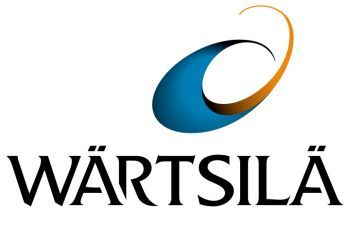
An unusual kind of ship is taking shape in the STX Finland shipyard in Turku, Finland. The Aura ll, due for delivery in spring 2012 for multipurpose operations in the Baltic Sea
for Finnish owners Gaiamare (a subsidiary of the Meriaura Group) is designed to carry bulky lifts of Finland's lumber, containers, or even wind-farm modules on a spacious deck; while if occasion demands, even to operate as an oil-spill response vessel.
That’s not all though: down below are three Wärtsilä 6L20 main generating sets that will power diesel-electric propulsion by means of either liquid bio-fuel (LBF) or MDO making this unique 4,350 dwt ship truly adaptable both above and below decks.
Liquid Bio-fuel Sourced From Fish Processing Plants
A departure from the normal vegetable-based product, the LBF is to be supplied by another Meriaura Group company, Sybimar, based in remote Uusikaupunki near the southwest coast of Finland, which has developed a technology for oil separation that converts raw material residues from the fish-processing industry of that area into bio-diesel.
The builder’s contract with the owners requires the Wärtsilä 6L20 diesel engines to be operated by using LBF during the pre-acceptance sea trials, although Wärtsilä add that this engine has the built-in ability to switch over to conventional hydrocarbon diesel fuel when required. Nevertheless, it is claimed that when the Aura ll comes into service it will be the first time for a European commercial shipping operation to permanently use LBF as main engine fuel.
Versatile Aura ll
The 105 m LOA ship will also be claiming another first as the only dry cargo vessel (there are already tankers) in the Baltic Sea equipped as a DAS™ (Double Acting Ship) which means this ‘Ice Class 1A’ vessel is designed to run ahead in open waters and astern in ice; by this means to operate independently in severe ice conditions but without the handicap of the less efficient icebreaker-type bow construction.
Primarily designed as a deck cargo lift ship with associated large ballast tank capacity (2,700 cu.m) Aura ll, when fitted with special oil recovery equipment, will have an oil-spill clean-up capability which the owners say adds up to almost double the present capacity available in other ships in Finland's home waters. Equipped with twin azimuth pod propellors, and two bow thrusters, she will be fitted with a DP system to enable precise positioning for seawater pollution operations, presumably useful too for work in the windfarm areas.
Source: Maritime Propulsion
We use cookies to improve your experience. By continuing to use our site, you accept our Cookies, Privacy Policy,Terms and Conditions. Close X